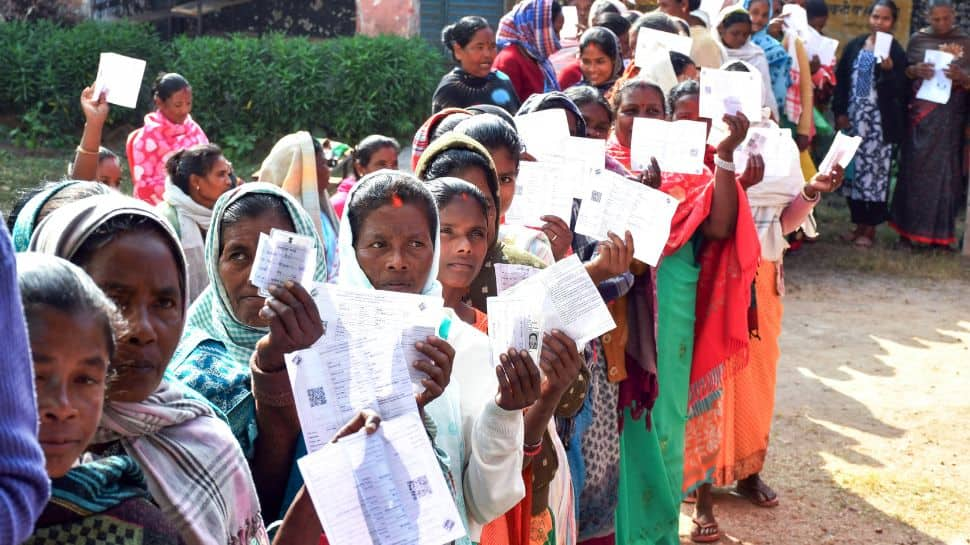 |
|
The 2024 Maharashtra Assembly elections witnessed an intense power struggle, with the Vidarbha region emerging as a crucial battleground. Comprising 11 districts and 62 Assembly seats, Vidarbha holds significant electoral weight, influencing the overall outcome of the state elections. Its strategic location, encompassing areas ranging from the Maoist-affected Gadchiroli to the major city of Nagpur, contributes to its political importance. The region's economic characteristics, particularly its reliance on cotton production, and its often-perceived underdevelopment compared to western Maharashtra, shape the political discourse and priorities of the competing alliances. The historical context is also vital in understanding the current political dynamics. Historically a Congress stronghold, Vidarbha witnessed a significant shift in the 1990s with the BJP making considerable inroads. This historical context underscores the shifting electoral preferences and the evolving political landscape of the region.
The 2014 Assembly elections saw the BJP securing a commanding 44 out of 62 seats in Vidarbha, a significant victory. This success was largely attributed to the BJP-Shiv Sena alliance, led by Chief Minister Devendra Fadnavis. However, the 2019 elections presented a different picture. While the BJP still managed to win 29 seats, a considerable drop from their 2014 performance, Congress managed to secure 15 seats. This change marked a significant shift in the political power dynamics of the region. The initial formation of a BJP-Shiv Sena majority government soon dissolved, leading to a period of political instability and ultimately changing the political landscape yet again. This underscores the volatility of the Vidarbha region's political allegiances and the importance of understanding the nuances of the regional dynamics.
The 2024 elections further intensified the contest for Vidarbha. The ruling Mahayuti alliance, comprising the BJP, Ajit Pawar-led NCP, and Eknath Shinde-led Shiv Sena, faced off against the opposition Maha Vikas Aghadi (MVA) alliance, consisting of Shiv Sena (UBT), NCP-SP, and Congress. Prominent political figures from both alliances, including Deputy Chief Minister Devendra Fadnavis, state BJP chief Chandrashekhar Bawankule, and state Congress president Nana Patole, contested from the region, highlighting the strategic importance of Vidarbha in securing overall victory. The presence of these heavyweights emphasizes the significance of this region in the broader state-level political strategies. The high-stakes nature of the contest underlines the impact of Vidarbha's electoral outcome on the future governance and policy directions for the state of Maharashtra.
The competition for Vidarbha’s votes goes beyond simple party affiliations. It is rooted in the complex interplay of regional aspirations, socio-economic factors, and historical political alignments. Issues of development, infrastructure, agriculture, and addressing the concerns of the marginalized communities are central to the election campaigns. The promises made by political parties and their ability to resonate with the local population will play a significant role in determining the electoral outcome. The region's diversity, ranging from urban centers like Nagpur to rural areas facing developmental challenges, requires candidates to tailor their messages to specific local needs and concerns. The results of the elections will not only shape the political landscape of Vidarbha but will significantly influence the overall governance of Maharashtra for the coming years. The region's strategic position within the state, its substantial number of assembly seats, and its significant population make it a focal point of political engagement and strategy for all major political players.
Source: Why Vidarbha Remains At The Heart Of Mahayuti-MVA Power Battle?
